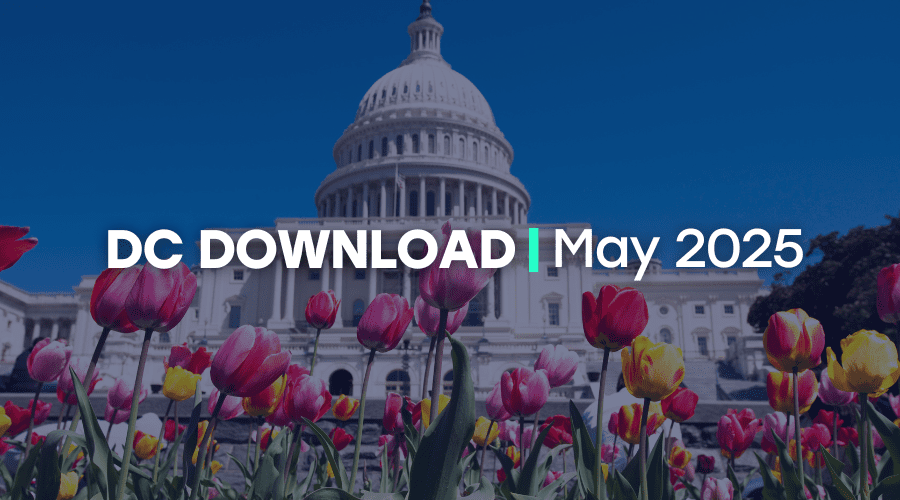A community is more than the sum of its roads, bridges and electricity grid – what we traditionally think of as infrastructure. It is also the connection among its residents, connections that remain even as the skyline changes. It is the involvement with local elections, the inspiring work of nonprofit organizations and the generous public service of people that give meaning to the buildings they live and work in. If the built structures and physical resources of a place are the skeleton, civic infrastructure is the connective tissue that allows things to work together in harmony. And it allows a community to adapt and flourish even in crisis.
We see examples of this – and nonprofits standing together for better investments in civic infrastructure for all communities – at the national and state levels. One is the Nonprofit Infrastructure Investment Advocacy Group (NIIAG), a national coalition that began in 2020 and made up of more than 35 national, regional, and local nonprofits and foundations. NIIAG seeks to rebuild the country to a place better than before and prioritize investments for equitable outcomes for communities. It does so by advocating for federal investments to strengthen the nation in the wake of COVID-19, the economic crisis, and racial injustice.

At the state level, one example can be found in Wisconsin, where Higher Expectations for Racine County worked with civic and business leaders to break down policy barriers and expand internet access so more children could participate in virtual learning until in-person instruction resumes. Another can be found in Spartanburg, South Carolina, where Spartanburg Academic Movement uses continuous improvement processes paired with real-time data to dramatically increase reading proficiency. All across the country, communities are proving that investments in civic infrastructure exponentially provide returns in the form of stronger neighborhoods, economic development, and reduction of inequities so everyone can thrive.
A bridge is only useful if it can overcome obstacles to connect different places together. Civic infrastructure connects people, institutions, and systems in the community. But all bridges, whether they are a physical structure or a relationship, require regular maintenance. The solutions of the past may not meet today’s needs. We need adaptive, non-static structures that can withstand the cycling of leaders and changing of policies, like how farms rotate crops due to demand and changing seasons.
At StriveTogether, we provide communities with a theory of action that uses local data and experiences to create lasting change. It helps bring partners together and serves as a roadmap for improving outcomes. Communities measure progress against progressive milestones that are shaped by local context rather than a one-size-fits-all approach. In addition, we share lessons learned across our network of nearly 70 communities across the country so that others can be inspired by and implement the very best ideas. Collaboration isn’t always easy, but it is crucial in order to overcome our greatest challenges.
 There is no question that we are facing complex problems in the areas of public health, education and the economy, not to mention a growing skepticism of our government’s institutions. We are experiencing a deepening divide between political identities, and race has become a factor more Americans are willing to acknowledge as necessary to address for our country to move forward. However, there are nonprofit organizations currently engaged with diverse community leadership tables offering innovative, bipartisan solutions that bring people together.
There is no question that we are facing complex problems in the areas of public health, education and the economy, not to mention a growing skepticism of our government’s institutions. We are experiencing a deepening divide between political identities, and race has become a factor more Americans are willing to acknowledge as necessary to address for our country to move forward. However, there are nonprofit organizations currently engaged with diverse community leadership tables offering innovative, bipartisan solutions that bring people together.
Milwaukee Succeeds is a StriveTogether member that has demonstrated resiliency and innovation even during the COIVD-19 crisis. Throughout the pandemic, they were able to mobilize resources and organizations in order to address needs for food, shelter, testing, internet connection, and more. While many cities have been forced to address crisis out of necessity, Milwaukie Succeeds has demonstrated that their approach to civic infrastructure already positioned them well to meet demands and create solutions that will sustain even beyond the crisis.
This kind of success is made possible by cooperation and funding from those working in education, housing, and health at the local level. By using a common goal to drive results and accurate measurement of data to provide guidance, each of these sectors can bring their respective expertise to the table creating lasting impact that wouldn’t be possible on their own.
The connections of civic infrastructure are serving as bridges in our communities – but they aren’t just holding us together. Like our cities’ roads, they are moving us forward.
Josh Davis is vice president of policy and partnerships for Cincinnati-based StriveTogether, which supports every child, cradle to career. StriveTogether, a NIIAG member, is asking local and national nonprofit organizations to support an equitable recovery pledge.



